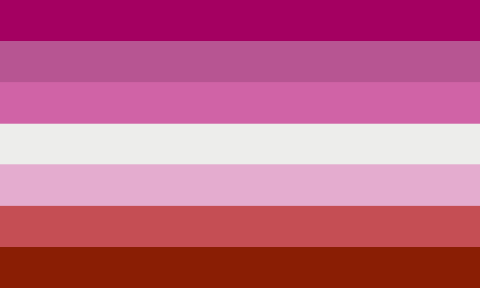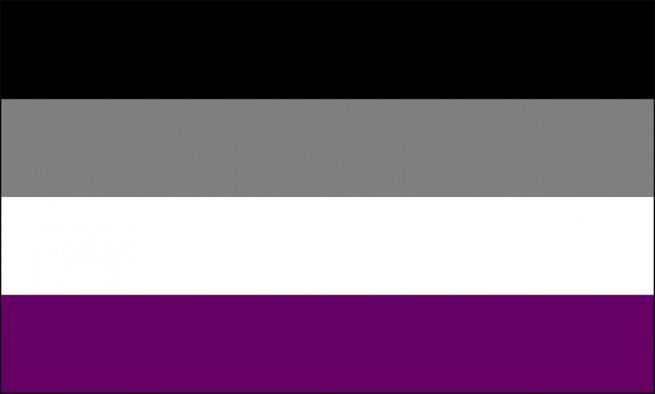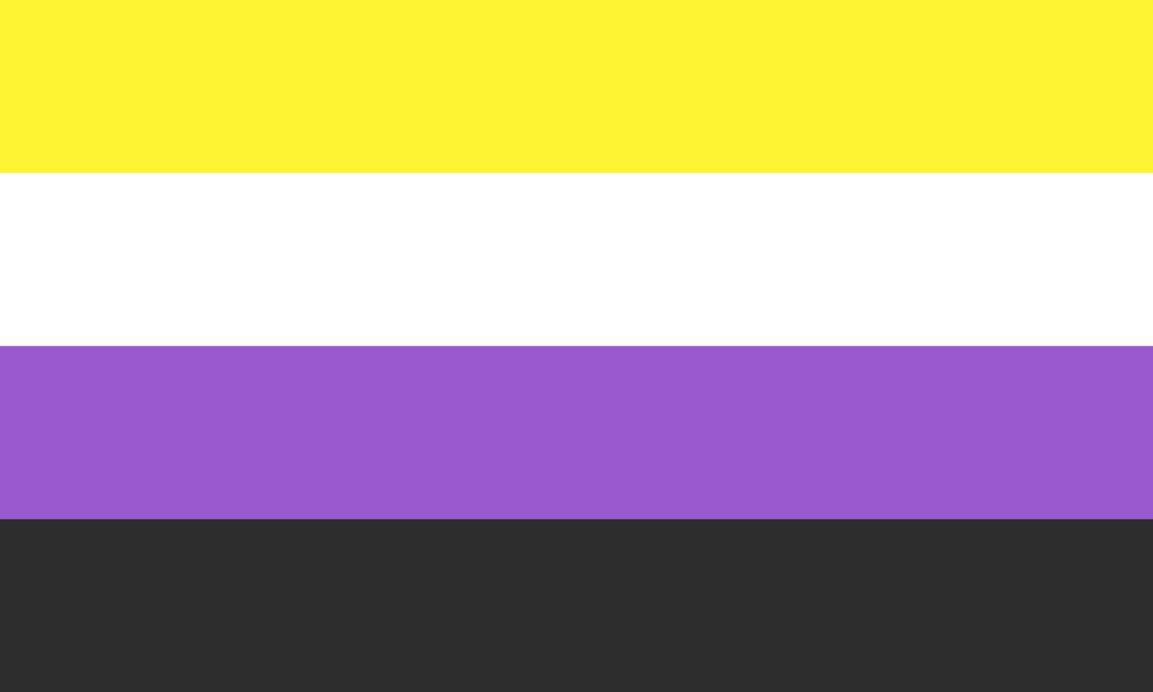|
LGBT+ Pride was not made or born out of the need to celebrate being gay, or lesbian or anything that lies in the LGBT spectrum, but instead to fight for and celebrate our right to exist without discrimination. Whether you’re celebrating pride at home, or in the streets, you might see these flags so here’s a guide for all of you! 1. The Original Pride Flag Inspired by "Over the Rainbow" by Judy Garland, these colors flew during the June 25, 1978 San Francisco Gay Freedom Day Parade celebration. While some controversy remains over whether Baker was the sole creator of the flag that started it all, its symbolism remains. The original pride flag consisted of the following: Hot pink = Sex Red = Life Orange = Healing Yellow = Sunlight Green = Nature Turquoise = Magic/Art Indigo = Serenity Violet = Spirit Below is the updated version of the pride flag: 2. The Bisexual Flag Engineered by Michael Page, the flag gives visibility to the bisexual community, showing the commonality of gender-stereotyped colors for boys and girls. The flag was inspired by an older symbol of bisexuality: the biangles, two overlapping pink and dark blue triangles. 3. The Trans Flag “The light blue is the traditional color for baby boys, pink is for girls, and the white in the middle is for those who are transitioning, those who feel they have a neutral gender or no gender, and those who are intersexed, The pattern is such that no matter which way you fly it, it will always be correct. This symbolizes us trying to find correctness in our own lives." Monica Helms, a transgender woman, constructed this flag in 1999, and was first flew to the Pride Parade in Phoenix a year afterward noted. 4. The Genderfluid or Genderflexible Flag Combining the variability and flexibility of gender in gender-fluid people, the flag attributes colors associated with femininity, masculinity, and everything in between. The pink represents femininity. The white represents absence of or lack of gender. Purple is a blend of masculinity and femininity. The black symbolizes all the sexes. The blue is a reflection of masculinity. 5. The Lesbian Flag In the LGBT community, the flag celebrates L with beautiful pink hues, although many lesbians choose other symbols, including the interlocking venus symbol, or the traditional rainbow flag. 6. Pansexual Flag The pansexual pride flag is used to raise awareness and acceptance of the pansexual culture and to differentiate it from bisexuality. It is used to mean that pansexuals have romantic interests and relationships with people of different sexes and sexuality. The pansexual flag consists of three horizontal colored bars: pink (femininity), yellow (gender non-conformity) and blue (masculinity). 7. Asexual Flag The four colors all have meanings:
8. Polysexual Flag Polysexuality is the grey area between bisexuality and pansexuality. Those who are polysexual are often more interested or attracted to masculinity or femininity instead of their sexuality. The pink represents attraction to females; the blue for males. The green is for an attraction to those who are gender non-conforming. 9. Non-Binary Flag Made in 2014 by Kye Rowan, each of the four stripes represents a different part of the non-binary community.
10. The Straight Ally Flag This flag just screams: “I SUPPORT LGBT PEOPLE BUT NO HOMO” and this represents those people who are non-LGBT persons who are supporters and allies of the LGBT community. This makes everyone feel included to pride protests and pride marches even if they are celebrating other people’s sexualities other than their own. So, which flag are you raising? -brendunurie
1 Comment
Lil Lesbean
5/4/2021 09:31:55 pm
Hi, this is great can u do more sofisticated ones tho?
Reply
Leave a Reply. |
Author- Archives
March 2022
CategoriesEdited by: Purified & Vibrational
|











 RSS Feed
RSS Feed